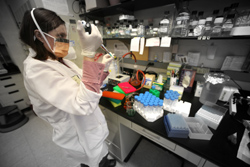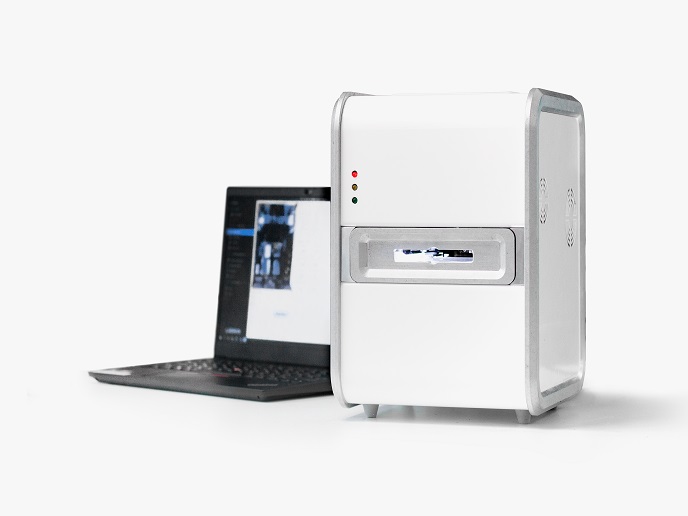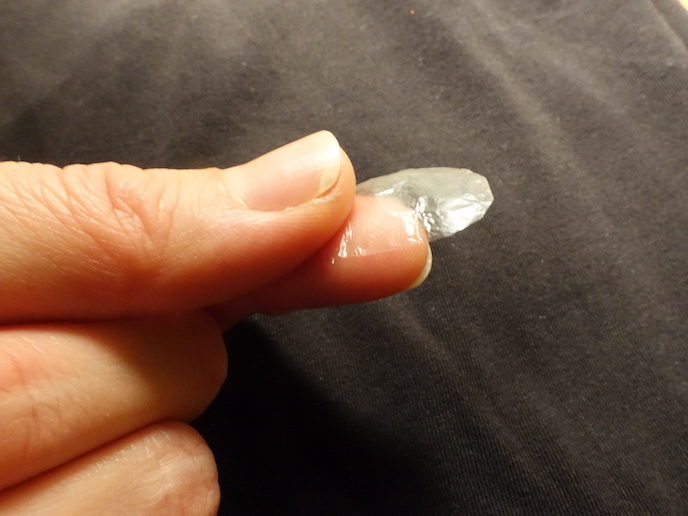Special biochip detects endocrine disrupting compounds
One of the objectives of the LIFE QUALITY Programme was to fund RTD projects aiming to improve the quality of life of Europe's citizens through biotechnology. The MENDOS project, which sought to develop biosensors to measure levels of Endocrine disrupting compounds (EDCs), is one such example. Scientists with ARC Seibersdorf research GmbH in Austria contributed by developing a hydrophobic biochip capable of detecting modified oligonucleotides. It was constructed from an epoxy resin and PST-co-VBT (ARChip Epoxy and ARChip UV respectively). The Austrian scientists dedicated considerable effort to maximise the performance of the biosensor. For example, by increasing the pH of the print buffer, they managed to boost the signal strength by a factor of 20. In addition, the energy density of the UV lamp used for photoactivation was upgraded in order to enhance immobilisation capacity. Blocking with ethanolamine also helped limit interference from fluorescence from other species. Trials during MENDOS revealed that the biochip was able to detect concentrations of SH- and NH2-modified oligonucleotides as low as two micromoles per litre. ARC Seibersdorf research GmbH is looking to exploit the results of the MENDOS project to help improve management of EDCs.







